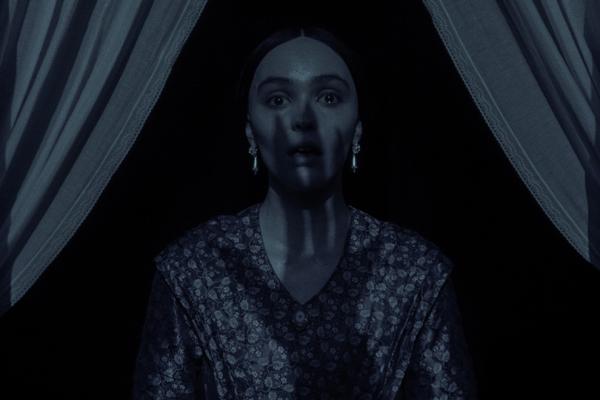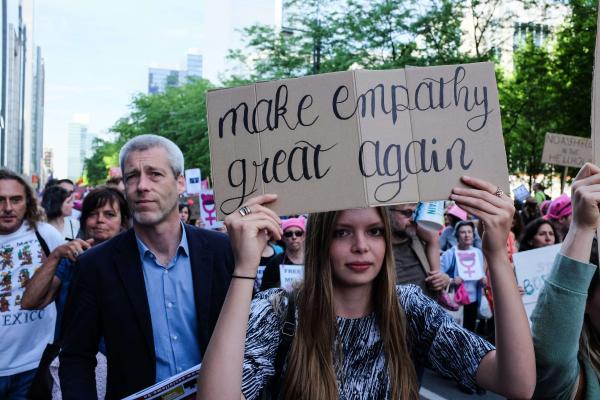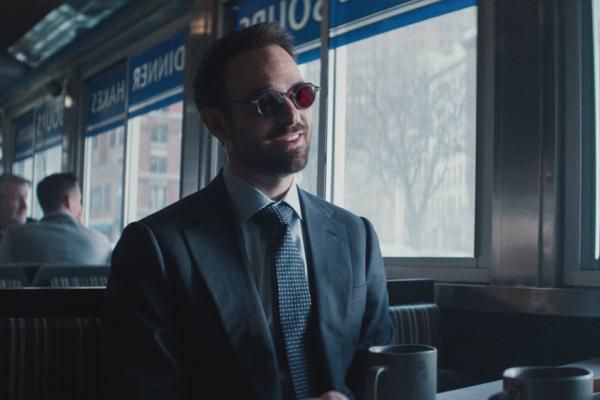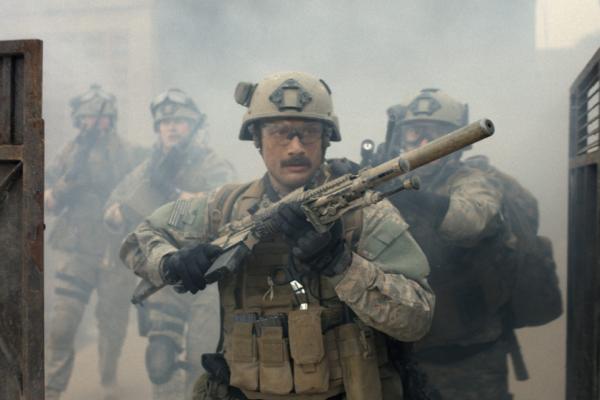In the small town of Fairhope, Ala., my family of six viewed Lent the way others thought about college football: The season was competitive, and the stakes felt larger than ourselves. My siblings and I usually chose a sacrifice that was challenging, but not life-altering, such as giving up sweets or TV. Forty days later, before heading to church Easter morning, we indulged in the vice with spirited abandon.
The resurrection was embodied and often gluttonous.
In contrast, my father saw Lent as a chance to build a more sustainable life, much like training for a championship game. As a mother and teacher of environmental education in the mountains of North Carolina, I couldn’t have imagined how the Lenten practice of my childhood would help me face both life and death amid a global climate crisis decades later.
One year, my dad gave up driving for Lent. This was no small feat: He sold mainframe computers for IBM in the city of Mobile, 30 miles from our house. In his bike panniers, he’d pack his suit, tie, and dress shoes and cycle to the IBM office. There he showered in a custodial closet in the basement and proceeded to make sales calls — until it was time to bike home. My mom made him ride with us to church in the station wagon Sunday mornings, as she didn’t approve of sweaty clothes in the pews.
Another year, we gave up trash for Lent — aiming for a waste-free household — years before curbside recycling. The practice depended on my mother’s buy-in as she planned the shopping and cooking without packaged goods. At times, my father’s enthusiasm could bleed into self-righteousness. She modified his visions to make the plans more practical, with a touch of levity and love. In our hearts, she was our glue and our grounding.
ONE CHILLY FEBRUARY morning, my mom took a detour on her bike to retrieve warm gloves she’d forgotten at yoga class. I can imagine my father’s certainty that she’d return to the farm where he volunteered in exchange for organic produce. They’d both become vegetarians after giving up meat one year for Lent. That spiritual time in the wilderness was like a gateway drug — bringing them closer to a simpler life.
But at age 58, my mother was killed, her neck broken by the collision of her bike with a vehicle driven by a young man. Sometimes I imagined the horrific impact and the body of my mother, my emotional anchor, thrown to the ground.
A month after her death, my father gathered his adult children in our childhood home. At 62 years old, after four decades of marriage, he was learning to live alone — but he wanted to make sure we were ready for his death when the time came.
“You can wrap me in mom’s linen tablecloths and place me inside a pine casket,” he said, reading from the two pages of his directives. “I’ve talked to my friend Jeff, who’ll build my casket if I can’t do it myself.”
He reminded us that embalming or “filling a dead body with chemicals” wasn’t required by any state. The local cemetery didn’t require a vault, a 2,500-pound box of concrete that keeps the ground level for ease of mowing. He wanted music, such as his bluegrass gospel band, at the burial.
“Make sure there are shovels around the grave so that young and old can close the grave,” he said.
He’d watched my 4-year-old daughter Maya pick up an adult-sized shovel with the help of her young cousins and dump soil onto the casket that held the body of my mother.
My father wanted what we now call green or natural burial — without embalming or a vault and with biodegradable materials like a pine casket or cotton shroud. He believed conventional burial often distanced the family from death and created landfills underground at cemeteries.
But the level of detail felt suffocating to me. My siblings and I agreed to uphold his sustainable death plan, and I sipped a cup of hot tea, my Lenten replacement beverage. (At the age of 38, I’d given up alcohol each year, although I promptly returned to drinking my one beer each night after Easter.)
Two years later, I received a phone call with news that sent me screaming the F-word outside my house until a student ran across a pasture to check on me. My father had been killed — wearing a reflective vest, cycling on the median of the road to the farm, hit by a teen driver. My dad died instantly, his neck broken, like my mother’s.
In our total shock, those two pages of directives revealed our next steps: Call Jeff to build the casket. Ask if the band can play. Get Mom’s linens from the upstairs dresser.
Because of the hit-and-run accident, his body was taken to the coroner and then to a local funeral home. But we asked if they could only keep his body cool, and we’d do everything else, which included singing “All God’s Children Got Shoes” and wrapping him in the linens ironed by Mom’s hands.
I WAS 40 years old when my father died. At the time, my own final wishes were for flame cremation. The convenience and the cost were appealing, especially as a single mom living in a 900-square foot rental duplex with two children. Ultimately, my daughters, now 16 and 22, will be responsible for my body after I die.
But in my 50s, I began to learn about more sustainable choices other than flame cremation, which uses fossil fuels to burn the body for several hours at 1,600 degrees. At a conference at my Episcopal church, I gave a talk about my father’s green burial, but also learned about new options, such as natural burial at Carolina Memorial Sanctuary, a conservation cemetery that protects the land in perpetuity in partnership with a local land trust.
So, I embarked on a one-year journey to revise my final wishes with climate change and community in mind. My goal was to give my daughters a written plan, aligning my values in life with my death. During the year, I volunteered at the conservation burial ground; observed at a body farm where researchers study decomposition; interviewed funeral directors about water cremation or aquamation; and researched body composting, available in Washington State, Oregon, and Colorado. I even lobbied the Presbyterian elders on my campus to allow green burial at the college cemetery. The stories are captured in my book Our Last Best Act: Planning for the End of Our Lives to Protect the People and Places We Love.
Of course, I hope it will be years before I die. But in this pandemic, my daughters and I are talking about death — we are talking about the climate — and matters of life, death, and Earth may be the most important dialogue of our time, as Lent reminds us year after year. It’s not about one person making a short-term sacrifice but about collective choices to generate momentum and heal our relationship with the land and each other. This Lent, those choices feel both embodied and communal with shared stakes for us all.
Got something to say about what you're reading? We value your feedback!







